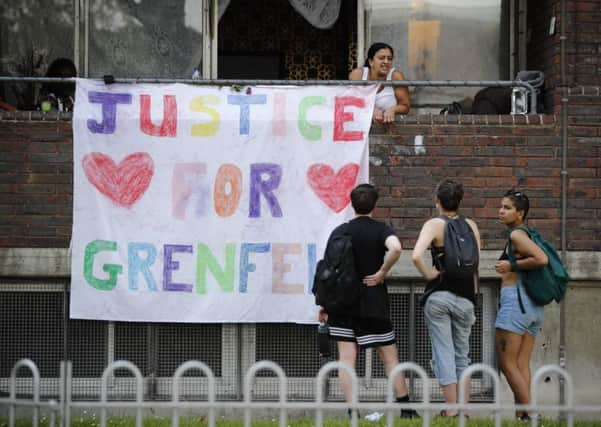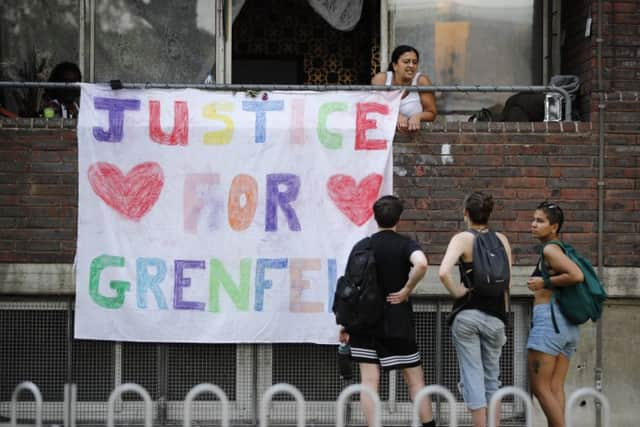Grenfell Tower checks '˜failed to spot flammable cladding'


The Guardian has reported that inspections by Kensington and Chelsea council were carried out over almost two years during the £10 million improvement works between 2014 and 2016.
However, it appears that officers failed to notice that the building was being clad in a material which had been effectively banned on tall buildings by the UK government.
Advertisement
Hide AdAdvertisement
Hide AdThe council, which is Conservative-run, told the Guardian that the first inspection was on 29 August, 2014, with the last taking place on 7 July, 2016, at which point a completion certificate was issued.


The checks were carried out by building inspectors working for the authority, officials said.
Reports of possible oversights in the inspection process have sparked concern among opposition politicians.
Judith Blakeman, a Labour councillor who represents the Grenfell residents, said: “This raises the question of whether the building regulations officers were sufficiently competent and did they know what they were looking at.
“It also begs a question about what they were actually shown. Was anything concealed?”


It also emerged that in 2012, the designers Studio E Architects proposed fireretardant cladding.
However, the product eventually supplied for the Grenfell Tower works had a flammable polyethylene core.
David Lammy, Labour MP for Tottenham, has tweeted: “Absolutely disgraceful. This is corporate manslaughter and gross negligence. Heads must roll.”
Advertisement
Hide AdAdvertisement
Hide AdConcern over the quality of building inspections at the tower came as Kensington and Chelsea council’s chief executive resigned, saying his departure had been demanded by the communities secretary, Sajid Javid.
Nicholas Holgate said Javid had “required the leader of the council to seek my resignation”.
He added: “If I stayed in post, my presence would be a distraction.”
A criminal inquiry, involving about 250 investigators and led by Scotland Yard, is now examining how the fire started, how it spread, how the building was maintained, fire safety measures and the refurbishment.
Cllr Blakeman said she had challenged the Kensington and Chelsea Tenant Management Organisation, the council’s arms-length housing department, over fire safety issues several times, including raising residents’ fears about relocating boilers into hallways.
Aluminium cladding of the type believed to have been used at Grenfell, with a polyethylene filler, is not approved for use on taller buildings in the UK.
The Department of Communities and Local Government, which oversees building regulations, says: “This material should not be used as cladding on buildings over 18m in height.”
The council declined to comment on what judgments its building inspectors made about the cladding during their visits.
Advertisement
Hide AdAdvertisement
Hide AdThe contractor, Rydon, has said it met all of the necessary building control, fire regulation and health and safety standards.
“The proposed plans and other details submitted were reviewed by RBKC [Royal Borough of Kensington and Chelsea] building control,” the council said.
“While a formal decision notice was not issued for the plans, the plans submitted were fully vetted by building control with comments provided; these comments were then followed up by the site inspection regime. Site inspections began on the 29/08/2014 with 16 inspections undertaken with final completion issued on the 07/07/2016 and a completion certificate issued.”
